In operation, the material is fed onto the narrow side of a flat porous deck, sloped in two directions and vibrated with a straight-line reciprocating motion.
Low-pressure adjustable air is blown upward through the deck, this fluidizes and stratifies the material according to differences in the terminal velocity of the particles. Heavy particles sink to the bottom of the stratified bed and are conveying upward toward the high or “heavy” side by the deck’s vibration. Light particles, lifted by the fluidizing air, flow down slope toward the light-end discharge. Particles with intermediate characteristics form a mixture between the light and heavy fractions and may be drawn off for further processing. Affected by both the vibration and air flow, the material bed thins as the deck broadens toward the discharge face. Here the material is arrayed from heaviest to lightest in a thin layer, which can be precisely and easily divided into multiple fractions. Adjustable cutting fingers, positioned to make the final selection between separated fractions, direct each fraction to a separate discharge spouts.
Gravity separators are generally available in two basic designs—rectangular-deck models and the more common trapezoidal-deck models. Rectangular-deck separators are recommended strictly for light-end separations where the objective is to separate a clean, light tailing from a larger amount of heavy material. Conversely, trapezoidal-deck separators are recommended for heavy-end separations, requiring the removal of a relatively small amount of heavy material.

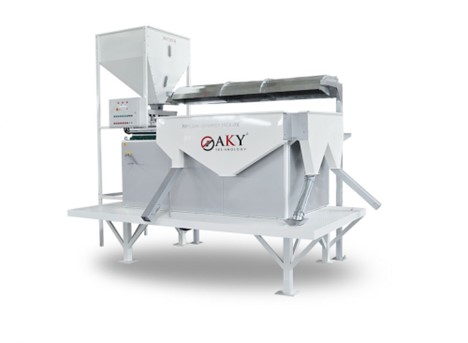
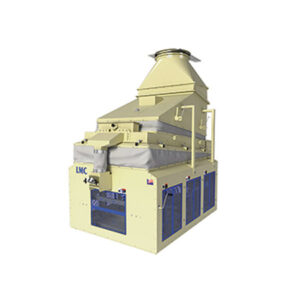
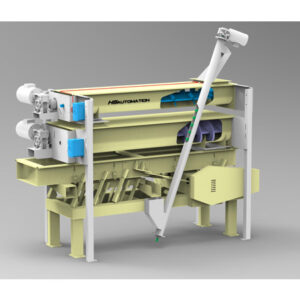
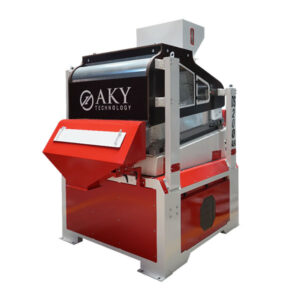
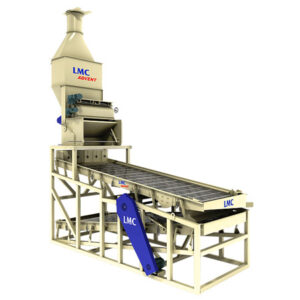
Reviews
There are no reviews yet.